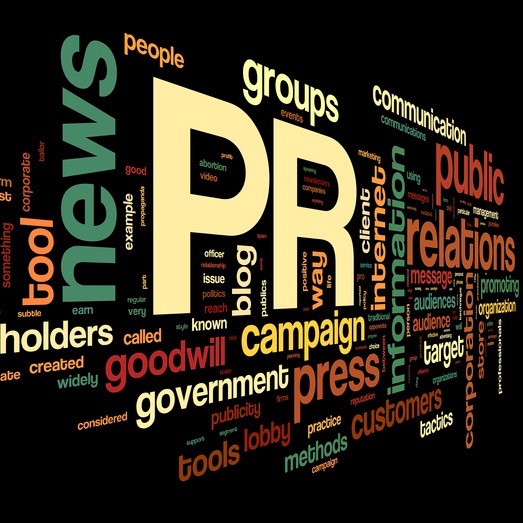PR professionals are accustomed to trying to find new ways to prove our value. We typically do that with clip reports that show comparable ad value or with a host of news and social monitoring tools that report everything from top sources to share of voice.
With the sheer volume of data available, we do a lot of counting. But are we analyzing the data to drive decisions, strategically guide our clients and show our true marketing value?
Jane Dvorak, the 2017 National Chair of the Public Relations Society of America (PRSA) spoke recently to members of Greenville’s SCPRSA chapter, saying that she believes it’s time for PR professionals to become strategists. Using the mounds of data available, those of us in PR positions should be using metrics to plan, manage, motivate and lead.
Strategists are idea generators, Dvorak says, and this is how PR pros can really show their contribution. “Tactics are commodities, and commodities are bought and sold. Strategy is invaluable,” she said.

PR plans aligned with marketing and sales plans create a dynamic that ensures that PR ideas transition to the implementation phase.
“You’ve heard the word conation. It’s the ability and the will to perform an action,” Dvorak said. “Conative people recognize the process can change along the way, but the end result needs to stay the same. Sound familiar? This is PR.”
Dvorak points to the Peak Leader model developed by FMI Consulting as a guide that PR professionals can use to become agile leaders. Elements of the model are:
SET DIRECTION: Connect people, projects, processes and objectives to the long-term vision, goals and strategies of the organization.
THINK STRATEGICALLY: Think on a long-term, strategic level about the current and future trends in the marketplace and how you can capitalize on relevant opportunities.
ALIGN RESOURCES: Provide alignment between your organizational resources (human and financial) to make more effective decisions to achieve organizational goals and objectives.
MOTIVATE & INSPIRE: Motivate employees based on their unique needs and desires, demographic generation and career stage to sustain long-term employee engagement and retention.
FOCUS ON OTHERS: Gain commitment and loyalty of employees by focusing on their needs, desires and personal goals instead of your own.
EXECUTE & FOLLOW THROUGH: Learn the tools to improve efficiency, enhance personal influence, hone communication skills and ask great questions that drive organizational performance.
LEAD WITHIN: Examine effective personal disciplines to put in place because you cannot effectively lead others until you lead yourself first
DEVELOP TALENT: Learn the framework for developing talent through strategic delegation, effective use of performance feedback and developmental discussions.
The key is to stop counting and start strategizing, according to Dvorak. “And remember to laugh,” she adds.
“When we laugh, we learn. Laughter leads to creativity. Creativity leads to innovation. Innovation leads to problem solving, and that is where we can have a lasting impact in our organizations. Most importantly, that is how we can serve as the conscience of our organizations.”








